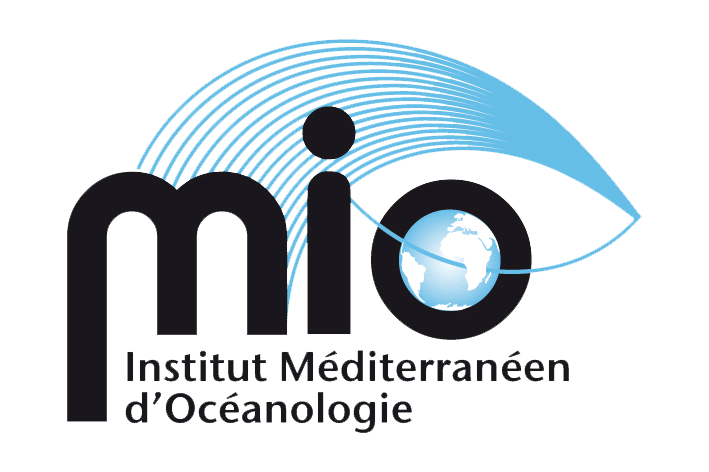Where does the mercury in the fish on our plates come from?
A scientific mystery in the context of global change
Mercury is a global pollutant present mainly in gaseous form in the atmosphere.
This element has natural geogenic sources (volcanic activity) and anthropogenic sources linked to coal combustion and artisanal gold mining.
A fraction of the mercury in the atmosphere is deposited on the surface of the oceans, where it can be naturally converted into methylmercury, a neurotoxic organic form of mercury.
Methylmercury concentrations naturally increase along the food chain, resulting in higher concentrations in pelagic predators.
Fish consumption therefore represents the main human exposure to this compound. In addition, it is suspected that global changes such as global warming and the use of coal for electricity generation are altering the marine mercury cycle in the oceans.
David POINT is a research fellow at the IRD (Institut de recherche pour le développement), attached to the Geosciences Environnement Toulouse (GET) laboratory.
Date and time: Thursday 29 April from 5.30pm to 7pm




